Introduction
The modern customer no longer wants just a product—they want a personalized experience. That’s why custom bath towels have emerged as a high-potential product in the print-on-demand (POD) market. Personalized towels aren’t just bathroom essentials anymore—they’re meaningful gifts, branding tools, luxury statements, and even part of interior design aesthetics.
With POD, you can design, sell, and ship Personalized Bath Towel without ever holding inventory or managing a warehouse. This business model is perfect for entrepreneurs who want to start small, test ideas quickly, and scale with demand.
Table of Contents
In this comprehensive guide, we’ll break down every step—from designing towels that people want to buy, choosing the right POD supplier, to marketing and scaling your business.
Why Choose Personalized Towels as a POD Product?
Before diving into the how-to, let’s understand the why. Personalized towels have a growing demand across various buyer segments:
Gifting Market
- Baby showers, weddings, anniversaries, housewarmings.
- Monogrammed or name-printed towels feel thoughtful and special.
Hospitality Industry
- Hotels, spas, salons, and Airbnb owners want branded or themed towels.
Corporate Branding
- Businesses use embroidered towels as premium promotional gifts or for internal branding.
Home Decor Enthusiasts
- People love to match towels with their bathroom themes, from beachy styles to minimalist elegance.
Fitness and Wellness Influencers
- Gym-goers, yoga lovers, and spa influencers often use branded towels in content creation.
These wide-ranging audiences create multiple sales channels and seasonal opportunities for your product.
Step 1: Designing Personalized Towels That Sell
Your towel is only as good as your design. A generic towel won’t stand out, but a thoughtful, trend-aware, and high-quality design will capture attention and drive sales.
A. Understand Your Target Market
Are you designing for:
- A bride-to-be?
- A travel enthusiast?
- A minimalist home decor lover?
- A children’s bathroom set?
The audience determines your design style, font choices, towel size, and color themes.
B. Pick the Right Design Style
Popular Design Ideas Include:
- Monograms & Initials: Timeless and classy, especially for wedding gifts or luxury homes.
- Names & Quotes: Personalized names, affirmations, or funny bathroom puns.
- Illustrations: Botanical prints, animals, seaside themes, or even cultural patterns.
- Logo Designs: For businesses, hotels, or spas needing brand consistency.
C. Use POD-Ready Design Tools
You don’t need to be a graphic designer. Use:
- Canva – beginner-friendly and fast.
- Adobe Illustrator – best for professional-level vector designs.
- Figma – for collaborative design work.
Make sure to design in:
- High resolution (at least 300 DPI)
- Transparent backgrounds (especially for embroidery or sublimation)
- CMYK color mode to match printing output
Step 2: Choosing the Right Fabric, Size, and Print Method
| Category | Options | Considerations |
|---|---|---|
| Fabric Type | Cotton, Canvas, Polyester, Jute, Nylon | Cotton is soft and eco-friendly; canvas is durable; polyester is water-resistant. |
| ** ** | Recycled Materials | Great for sustainability-focused brands or eco-conscious consumers. |
| Size Options | Small, Medium, Large, Custom Dimensions | Depends on usage: gifting, retail, promotional, or heavy-duty carrying. |
| ** ** | Standard sizes for apparel/totes | Choose based on target audience or industry norms. |
| Print Methods | Screen Printing | Best for bold, simple designs and large batches. |
| Digital Printing (DTG) | Ideal for detailed, multi-color or short-run designs. | |
| Heat Transfer | Great for full-color or photo-realistic prints; suitable for low-quantity runs. | |
| Embroidery | Durable, premium look—best for logos on thick fabrics like canvas or cotton. | |
| Durability Needs | Washable, Weather-resistant, Fade-resistant | Choose materials and inks that hold up to regular use and cleaning. |
| Budget Factors | Fabric cost, print complexity, order volume | Screen printing is cost-effective in bulk; embroidery and DTG may cost more. |
When designing a custom beach towel, the fabric you choose impacts both functionality and customer satisfaction. Here’s a breakdown of the most popular fabric types and their best uses:
Fabric
100% Cotton
Best For: Luxury home use, spas
Why Choose It:
Cotton towels are exceptionally soft and highly absorbent, making them perfect for premium experiences. They also work well for embroidery, offering a plush surface that holds thread beautifully.
Microfiber
Best For: Beach outings, gym, and travel
Why Choose It:
Microfiber towels are lightweight and quick-drying. They’re ideal for vibrant, full-color printing and are easy to carry—perfect for customers on the go.
Cotton-Polyester Blends
Best For: Everyday use
Why Choose It:
These blends offer a balanced mix of absorbency and durability. They are more budget-friendly while still delivering a soft texture and reliable performance, suitable for daily activities.
Towel Sizes You Should Offer
- Bath Towel (30”x60”) – For daily home or hotel use.
- Hand Towel (16”x30”) – Kitchen, bathroom hand towels, or spa accents.
- Face Cloth (12”x12”) – Great for spa sets or skincare routines.
- Beach Towel (35”x70” or larger) – Perfect canvas for bold designs and colors.
C. Customization Techniques Explained
- Embroidery
- Adds texture and durability.
- Ideal for simple logos, initials, or text.
- Limited color range but luxurious feel.
- Dye-Sublimation
- Works best on polyester or microfiber.
- Allows full-coverage, photo-quality, edge-to-edge designs.
- Ideal for beach towels and bold patterns.
- Direct-to-Garment (DTG) Printing
- Not common for towels but available for cotton blends with limited coverage.
- Jacquard Weaving(for advanced sellers)
- Creates a textured pattern by weaving threads during production.
- Usually not available with POD platforms but ideal for luxury lines.
Step 3: Choosing the Best POD Supplier for Custom Towels
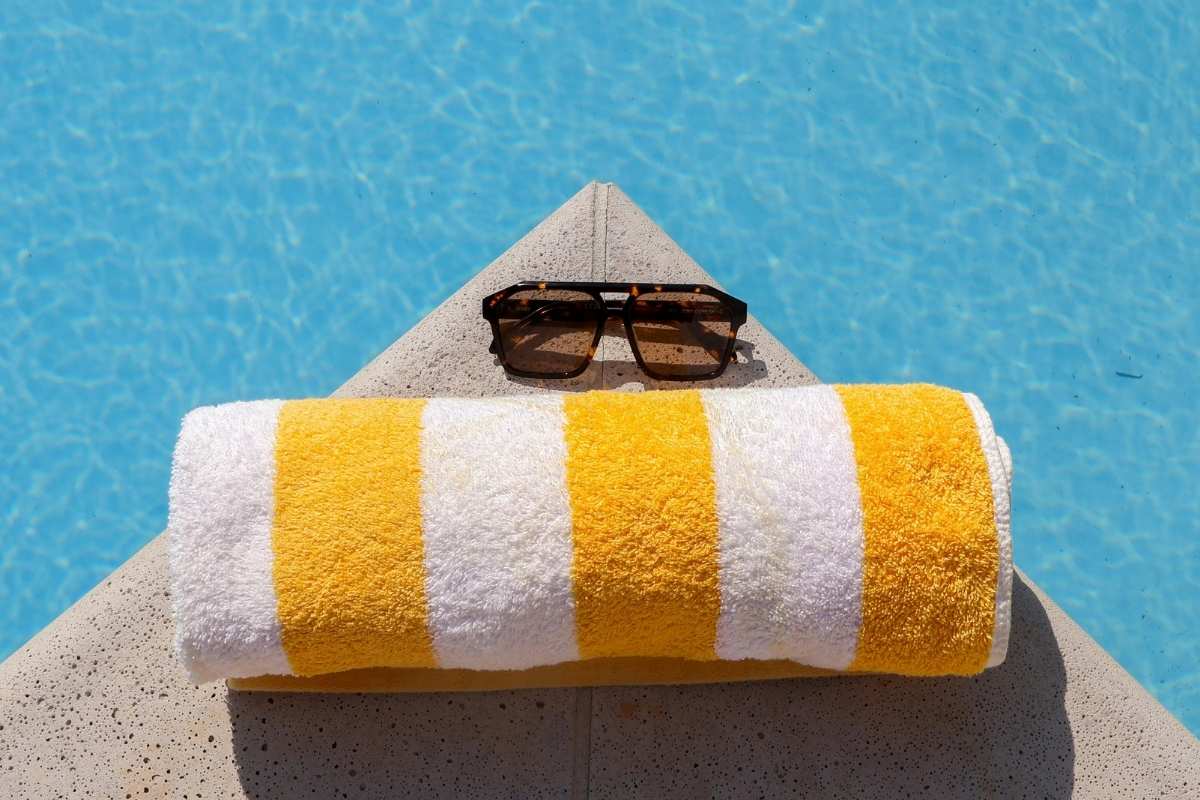
Not all POD suppliers offer towels, and fewer still offer great quality. Evaluate providers based on:
What to Look For:
- Design Placement Options: Can you print all-over or only on borders?
- Embroidery Quality: Are the stitching options sharp and professional?
- Base Cost vs. Retail Price: Will you make a profit after fees?
- Production Time: How fast do they ship?
- Ecommerce Integration: Can you automate fulfillment with your store?
Trusted POD Platforms for Towels:
- Printful – High-end embroidery and border printing, great integrations.
- Printify – Budget-friendly, many suppliers to choose from.
- Gooten – Quality towels and efficient delivery times.
- CustomCat – Offers embroidery with decent profit margins.
- SPOD – Fast production, but limited towel styles.
- Contrado – UK-based, premium all-over print towels.
Step 4: Setting Up Your Online Store
| Step | Description |
|---|---|
| 1. Choose Your Niche | Focus on a specific segment—beach towels, gym towels, baby towels, or corporate gifting. |
| 2. Select an E-Commerce Platform | Use Shopify, WooCommerce, Etsy, or BigCommerce based on budget and features. |
| 3. Source Custom Towels | Partner with print-on-demand suppliers or manufacturers that offer fabric, size, and print options. |
| 4. Design Your Towels | Use tools like Canva or Adobe Illustrator to create custom graphics or upload customer-provided designs. |
| 5. Set Pricing & Margins | Calculate production, shipping, and marketing costs to set profitable prices. |
| 6. Create Product Listings | Write clear, SEO-optimized titles and descriptions. Include towel size, fabric, design options, and care instructions. |
| 7. Upload High-Quality Images | Use mockups or real photos showing texture, use-case (beach, gym, etc.), and design close-ups. |
| 8. Enable Customization Tools | Add product personalization features—like name or logo input fields—for customers. |
| 9. Set Up Payments & Shipping | Integrate payment gateways (Stripe, PayPal) and define shipping zones, rates, and delivery times. |
| 10. Promote Your Store | Use social media, Google ads, influencer marketing, and email campaigns to attract and convert visitors. |
You’ll need a place to showcase and sell your towels. Start with one of these:
1. Shopify
- Best for building a custom brand.
- Supports Printful, Printify, Gooten integrations.
- Offers advanced SEO, email marketing, and app support.
2. Etsy
- Ideal for handmade and personalized items.
- Low startup cost and access to gift-seeking buyers.
- Competitive platform, so strong design and SEO matter.
3. WooCommerce (WordPress)
- Good for advanced users with a custom site.
- Free to use, but requires hosting and setup effort.
4. Amazon Handmade
- Great for scaling but has strict application rules.
- Powerful visibility but lower profit margins due to fees.
Step 5: Marketing and Selling Your Towels
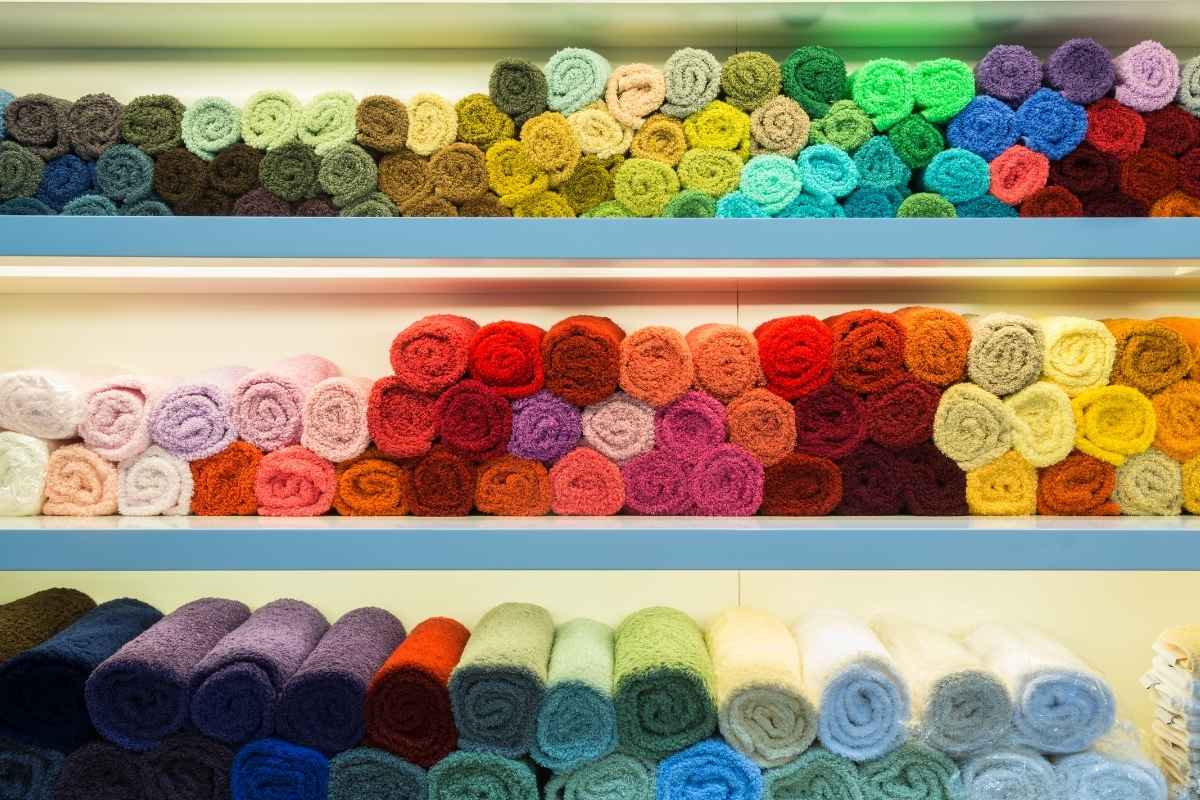
Design and upload done? Great—but now comes the most important part: attracting customers.
A. Optimize Your Listings
- Use Keywords: “Custom bath towels,” “monogrammed towels,” “embroidered towel set,” etc.
- Compelling Titles: “Luxury Monogrammed Towels – Personalized Spa Gift for Her”
- High-Quality Photos: Use mockups + lifestyle imagery.
- Product Description: Explain material, size, design options, and care instructions.
B. Offer Personalization Options
Let customers:
- Enter names, initials, or messages.
- Choose thread color or font.
- Pick towel size or quantity in a set.
C. Promote Through Multiple Channels
1. Social Media Marketing
- Instagram: Share aesthetic bathroom shots or unboxing reels.
- Pinterest: Target home decor, wedding, or spa inspiration boards.
- TikTok: Show how personalized towels are made and packaged.
2. Email Marketing
- Build a list and offer limited-time discounts or exclusive designs.
3. Seasonal Campaigns
- Valentine’s, Mother’s Day, Housewarming season.
- Offer gift-wrapping or bundle deals.
4. Influencer Collaborations
- Partner with home decor influencers to feature your towel sets.
5. SEO Blogging
- Write blog posts like:
- “Top 10 Personalized Gifts for Couples”
- “How to Design Your Own Towel Set for a Spa Day at Home”
Bonus Tips to Stand Out in a Crowded Market
- Offer Eco-Friendly Towels: Organic cotton or recycled materials can appeal to eco-conscious buyers.
- Provide Matching Sets: Bundle bath towels, hand towels, and washcloths.
- Packaging Matters: Include a thank-you card or optional gift wrapping to improve the customer experience.
- Add a Loyalty Program: Offer discounts on the second purchase to encourage return buyers.
Final Thoughts
Selling personalized bath towels through print on demand combines creative freedom with low business risk. By choosing the right materials, designing standout products, and using smart marketing, you can carve out a niche in the growing world of custom home essentials.
This business is scalable, low-cost to start, and—most importantly—personal. And in the era of personalization, that’s exactly what customers are looking for.

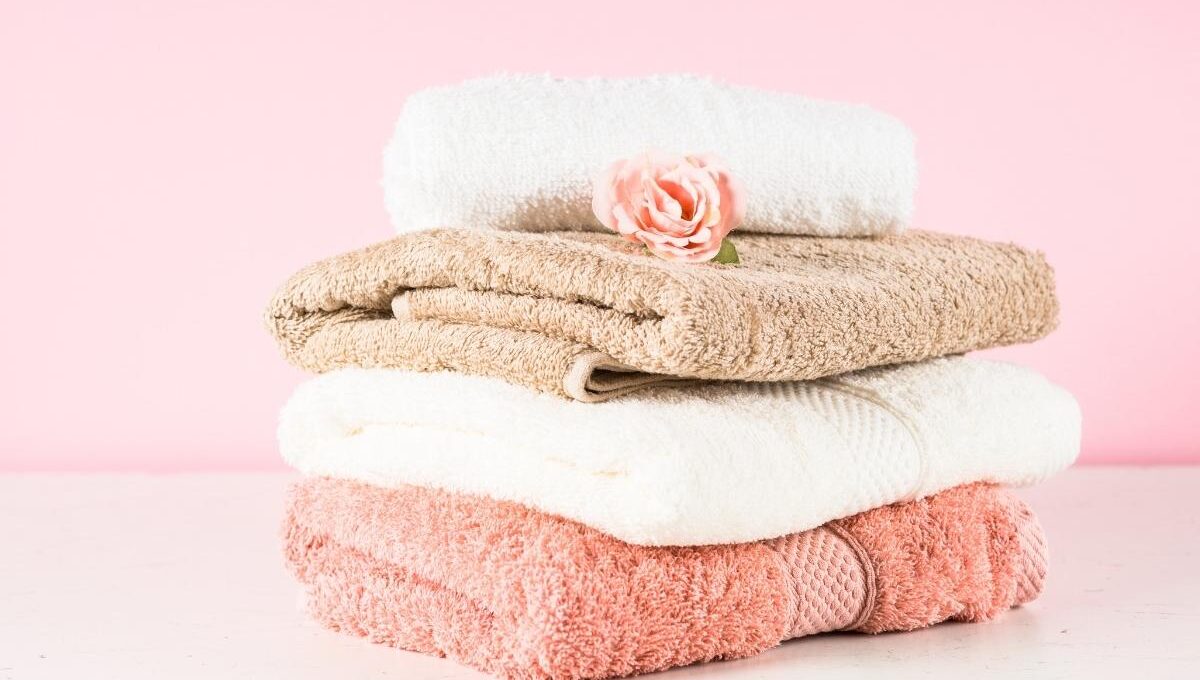
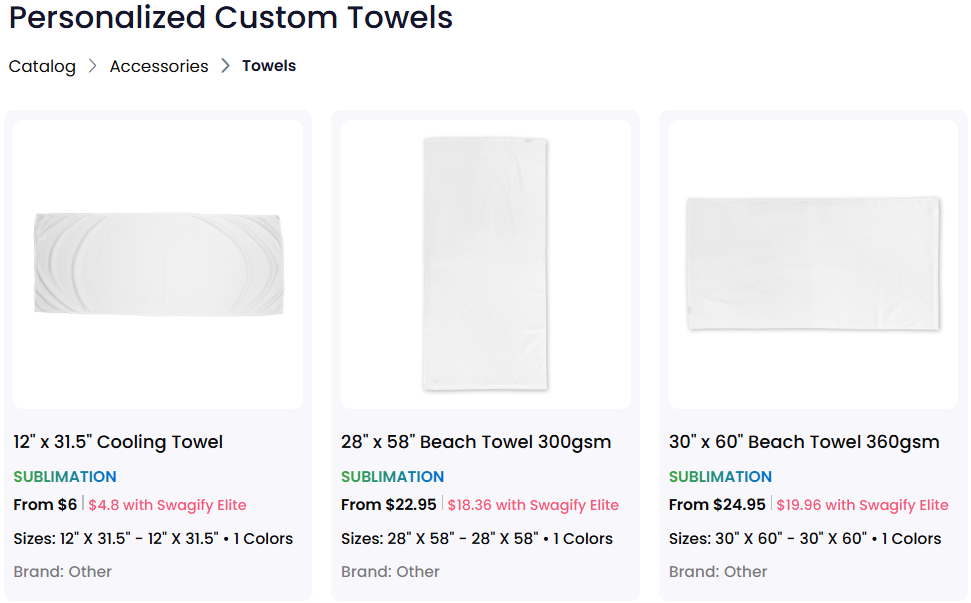
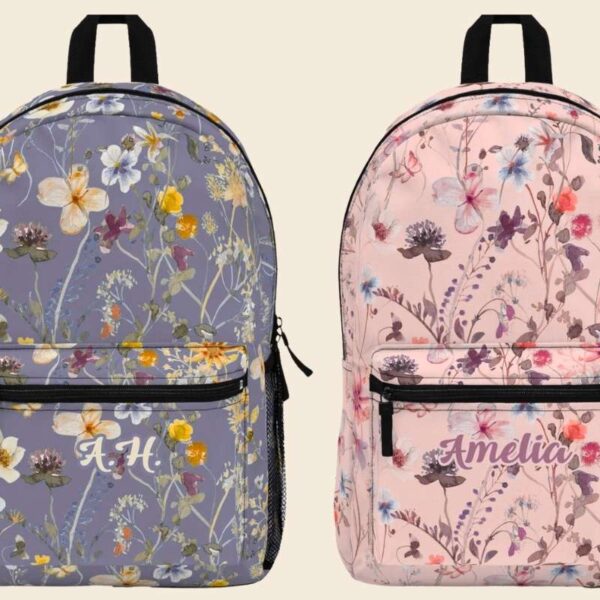
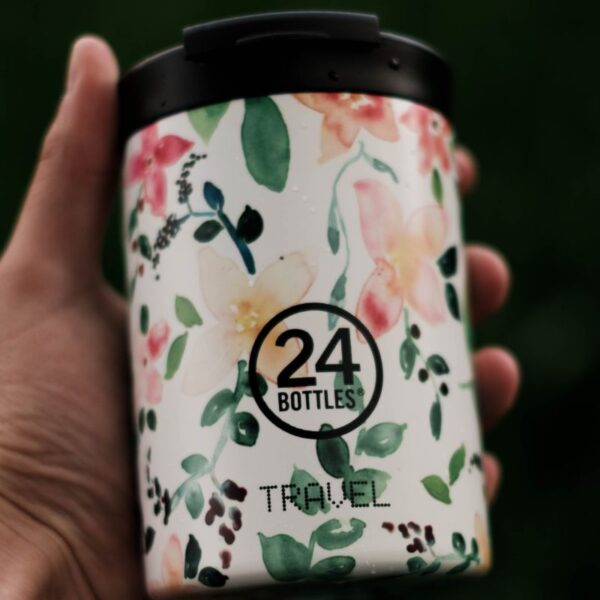
Sign up